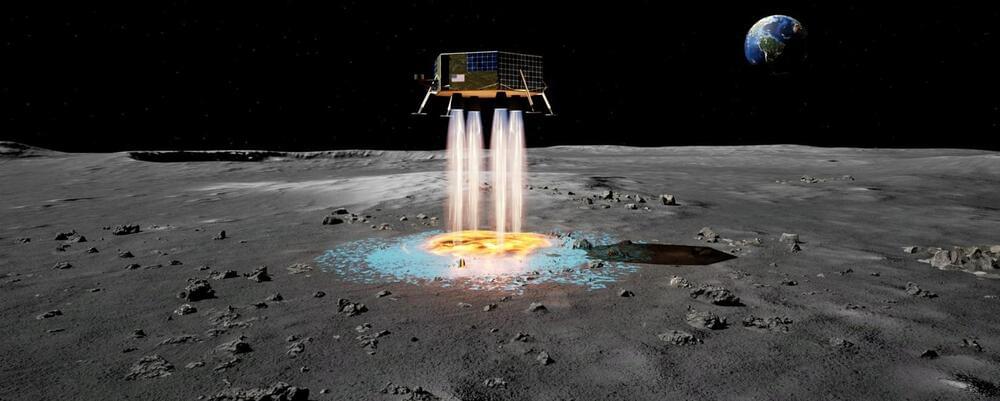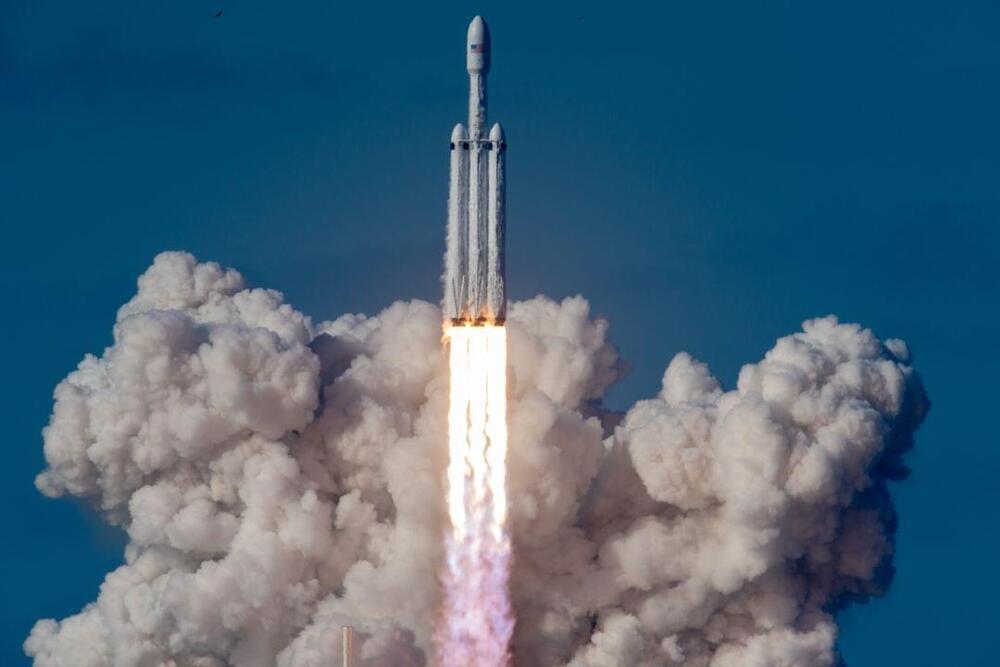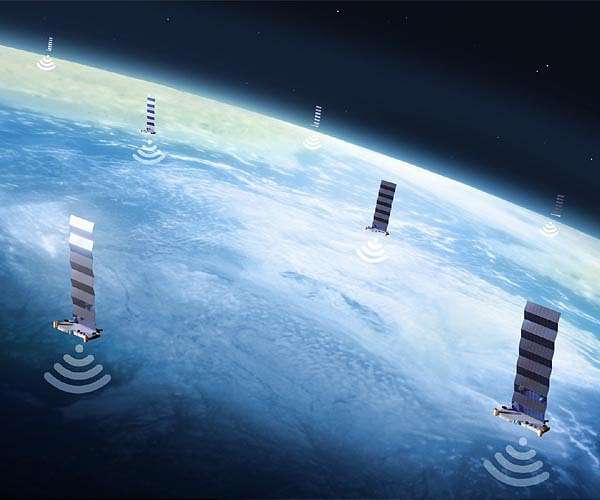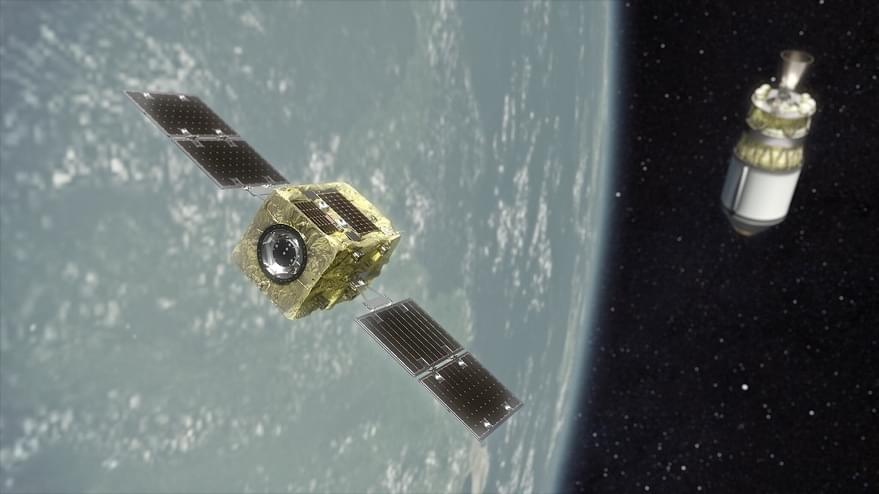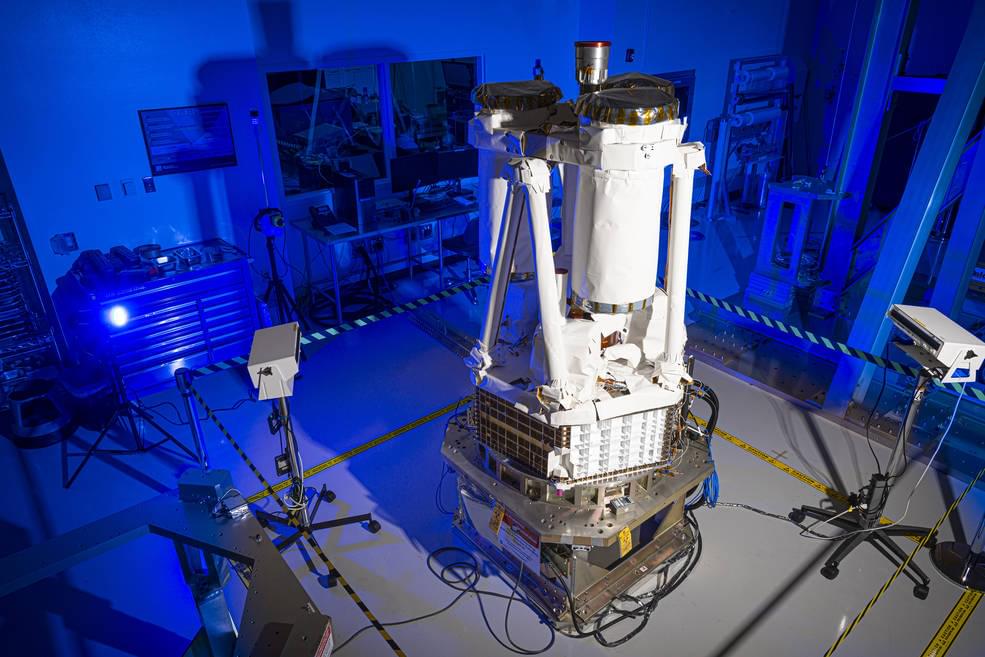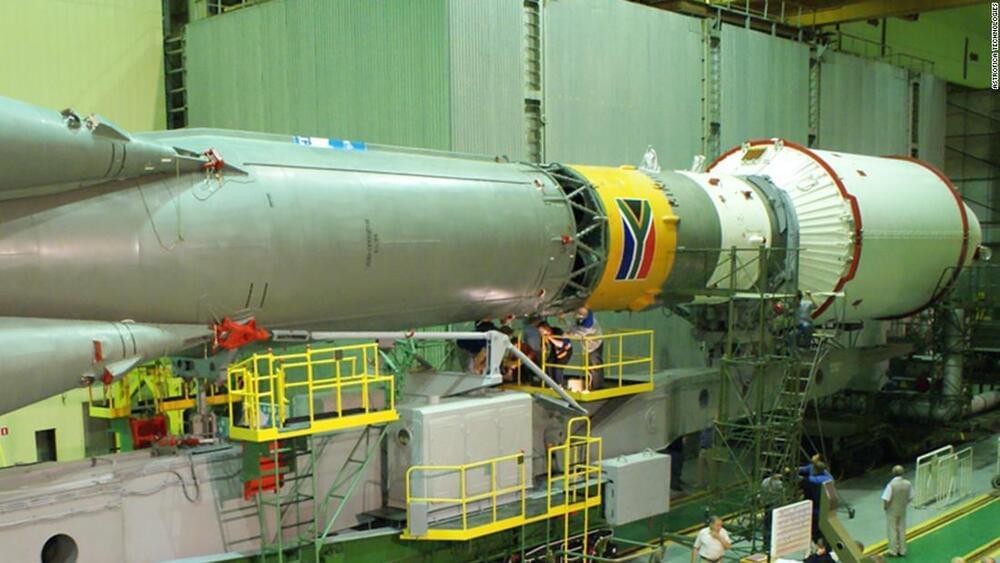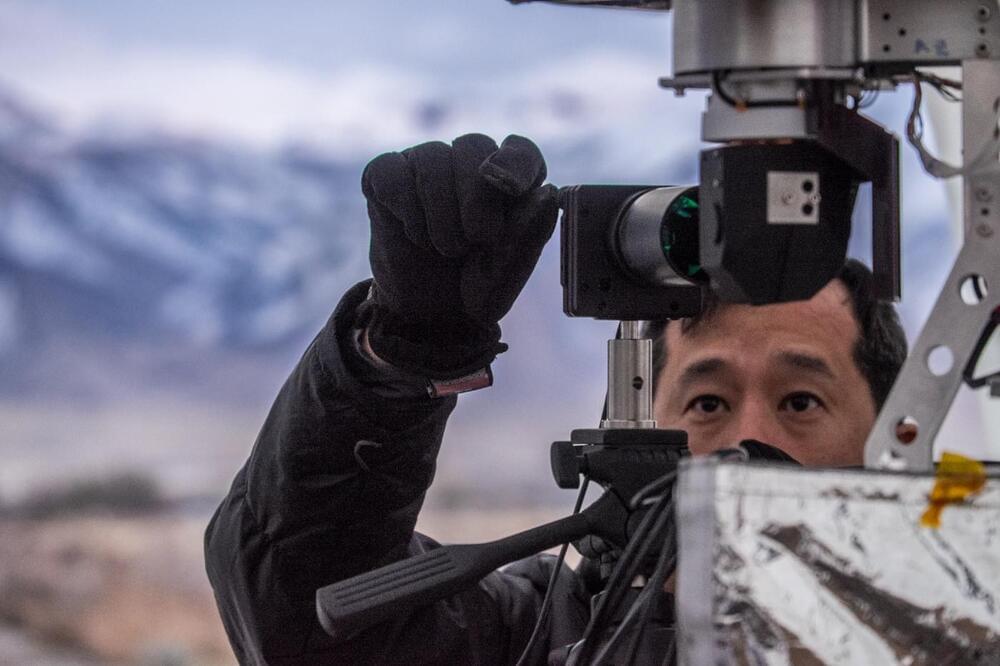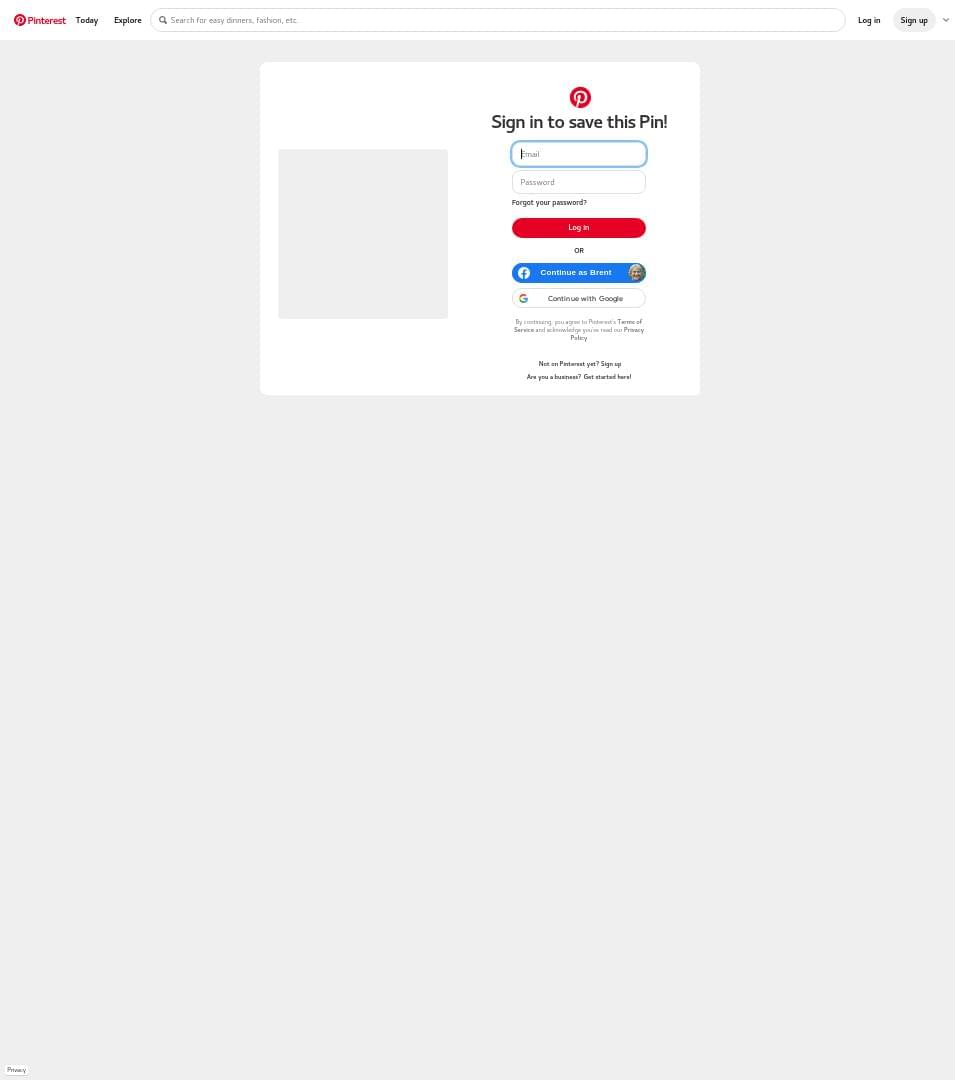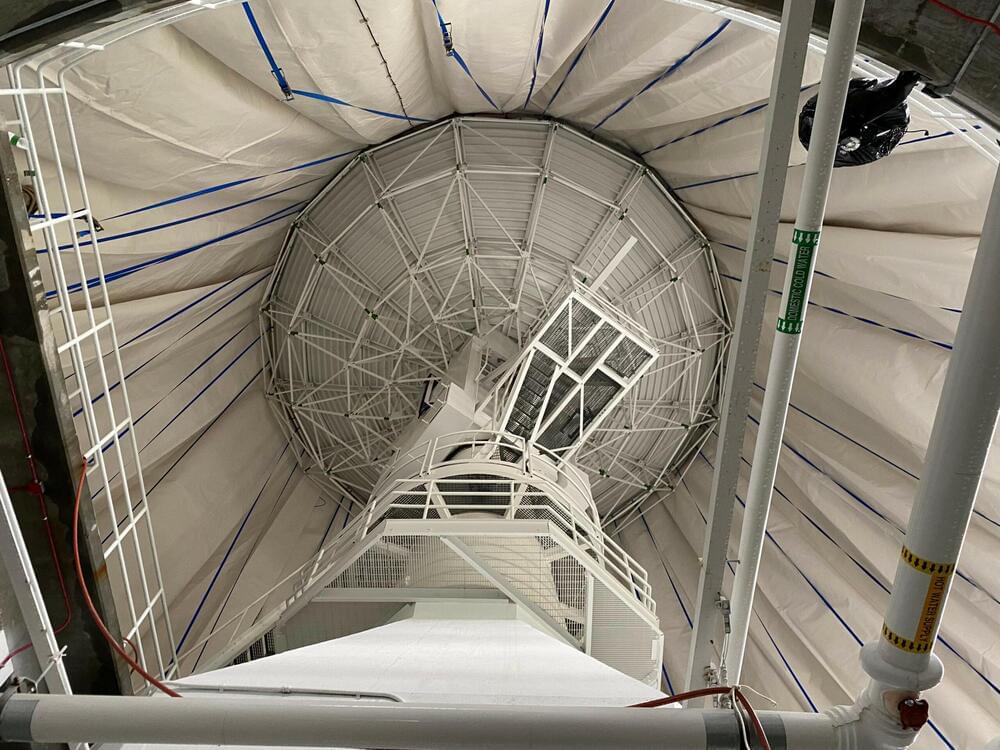Alphabet’s floating internet venture Project Loon may have been deflated, but its legacy looks set to live on through a new effort called Project Taara. The team has salvaged the technology to deliver internet connectivity with lasers, demonstrating the viability in a new test between two cities separated by the Congo River.
Originally a Google side hustle before being spun off into its own project by parent company Alphabet, Project Loon had lofty goals of connecting remote regions to the internet by beaming lasers between high-altitude balloons. After years of successful trials however, the project was eventually grounded in January 2021 due to sky-high costs.
The balloons may have been a bust, but there’s still life in the lasers. After all, wireless optical communication systems could help connect communities where it’s not feasible to build complex grids of underground optical fiber cables, and where cellular or satellite internet is patchy or expensive.
